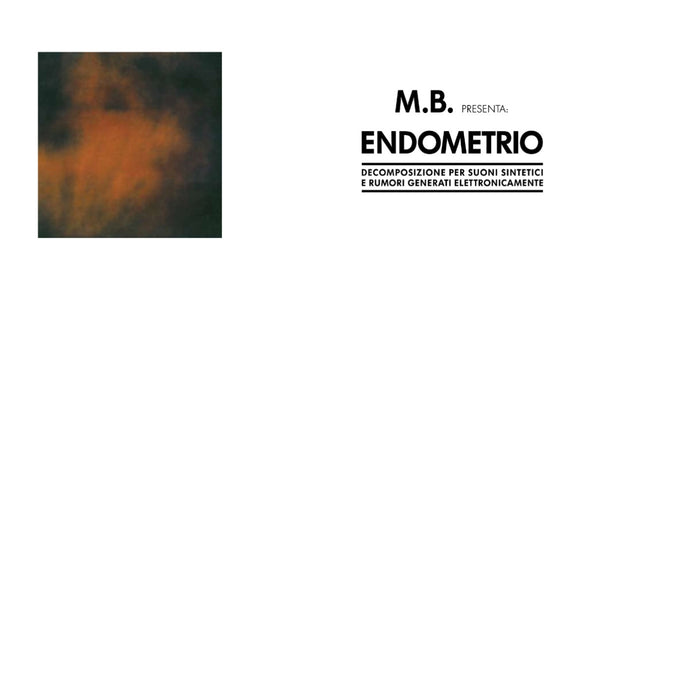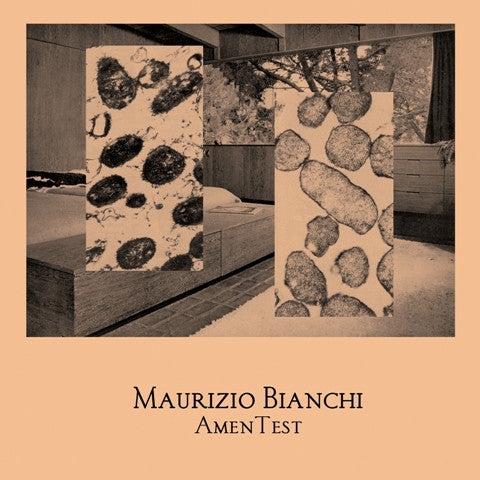About Maurizio Bianchi
The works of bands like Throbbing Gristle, Cabaret Voltaire, Whitehouse, and others that were a part of the late 70’s UK underground scene signified the rejection of punk and rock-orientated music. Using their network of record labels and like-minded friends, these noise makers created a sound and aesthetic that would become known far and wide as something decidedly English. But in Italy, a storm was slowly brewing in the works of a lone composer by the name of Maurizio Bianchi.
Starting in 1979, Bianchi created his earliest sketches of abstract loop compositions under the pseudonym Sacher-Pelz. Bianchi self-released four cassettes under this moniker before he began to produce more conceptual works under his given name, sometimes shortening his authorship to only MB. The following years saw some of industrial and ambient music’s most genre-defining works. After a prolific outpouring of releases throughout the 80’s, Bianchi suddenly disappeared from the music scene during the late 80’s / early 90’s, only to return to his craft in 1998.
His comeback showed MB to be the master of his own device who undoubtedly influenced and inspired hundreds of musicians, artists, and composers with his creative output. Again in 2009 Bianchi decided to take a break from creating music, but the decision was soon reversed as he continues to release new music up to the present day.
Releases
-
05.2010
-
06.2014

